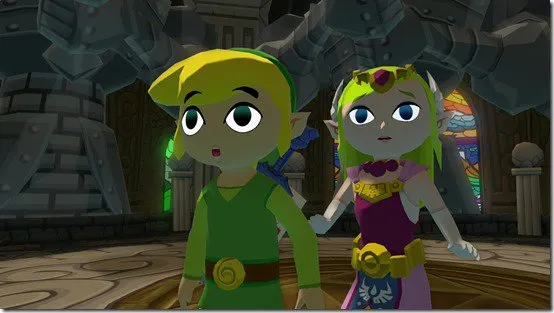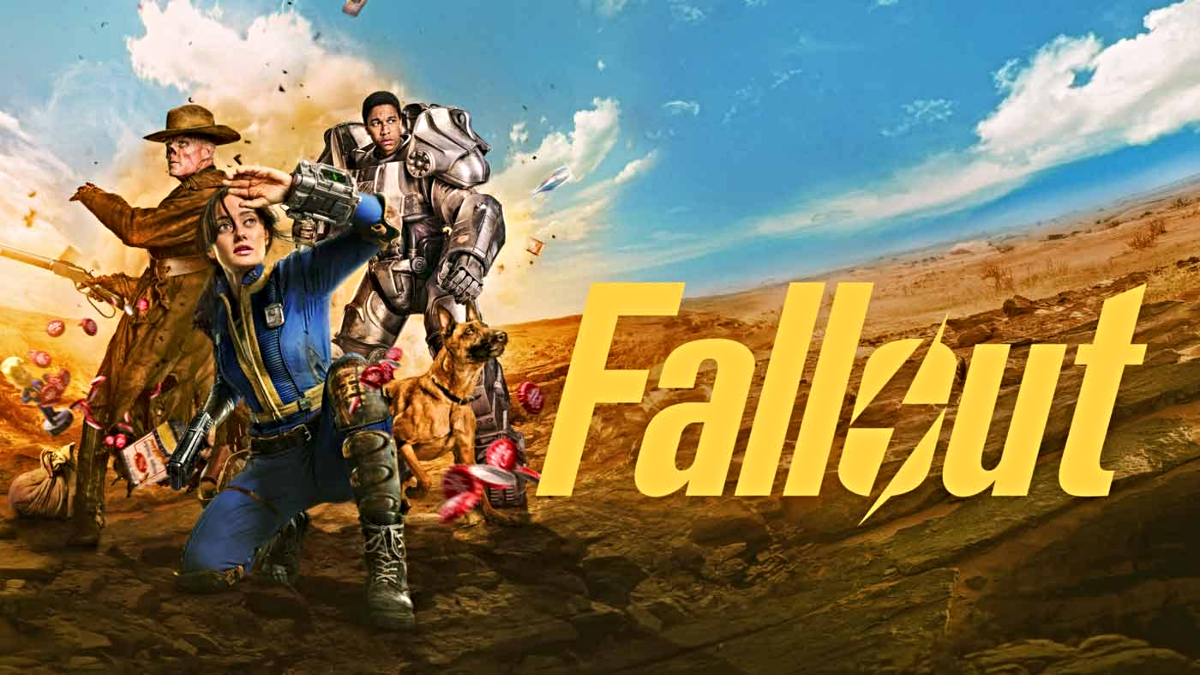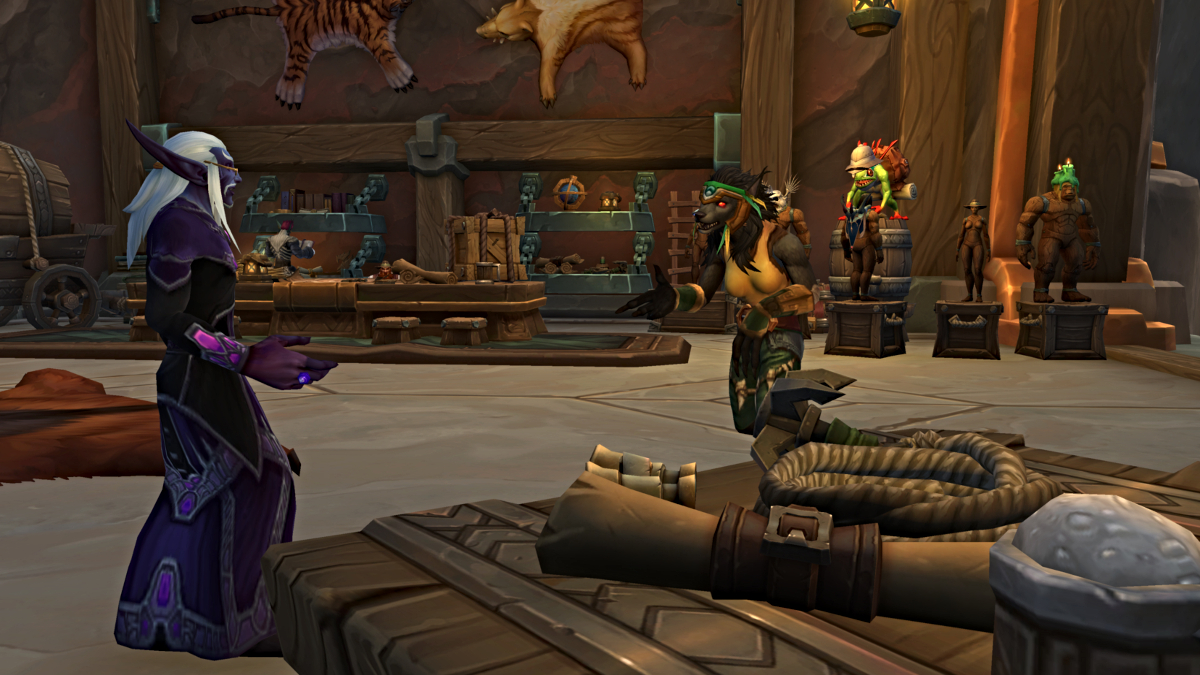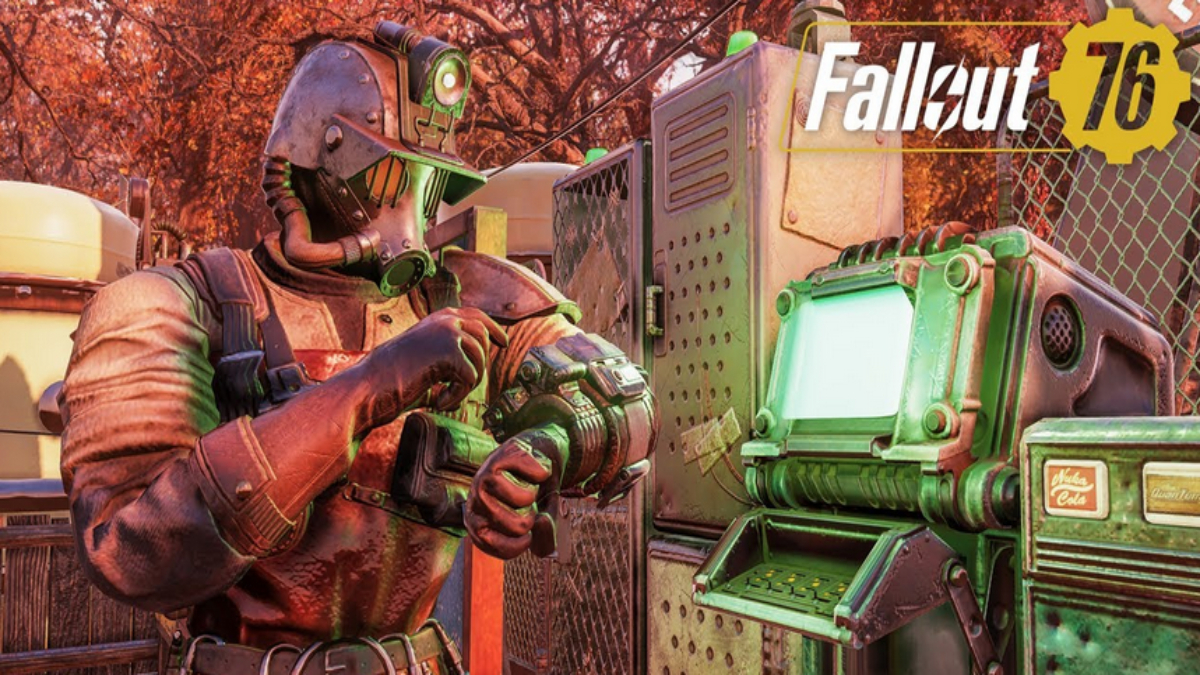A player’s first judgment of an upcoming video game starts with the graphics. The first showing of a game sets an expectation. Caring about graphics is necessary because it has to capture the imagination of players and make them want to explore the world. Though, players shouldn’t place all emphasis on a game with its graphics.
Graphics has become a loose term meaning any visuals in a video game because modern consoles can handle a wide variety of styles. Each successive generation of consoles sought to push the boundaries of what was technically possible. There are some games, like Grand Theft Auto V and Metal Gear Solid V: The Phantom Pain, that seek to push photorealism to its limits, while recently released games like Shovel Knight and Stardew Valley want to recreate the nostalgia of older titles without looking dated.
The graphical expectations start with the first trailer. The first trailer gives players a standard of what to look forward to, whether it’s eight or 100 hours long. Though people should be cautiously optimistic when it comes to pre-release trailers, since pre-rendered assets and tech demos can mislead when the game is unfinished. Ubisoft has made a habit out of showing trailers of upcoming games too soon in recent years.
The 2012 trailer to Watch Dogs, the first announced game for the Xbox One and PlayStation 4 before both consoles were officially named, blew players away with a lively Chicago, but failed to deliver that exact representation of the city when the game launched two years later. The game did feature an accurate, populated Chicago, but details in the pre-release footage like particle effects and large groups of NPCs were tempered in the final product. Despite the graphical downgrade, the game was received fairly well for its mission variety and focus on the hacking mechanic.
The damage to the game’s reputation was done though. The post-release conversation became about the graphics that were promised from a trailer years ago, instead of the merits of what was actually sold.
Nintendo took the most extreme tonal shift with The Legend of Zelda series beginning with the company’s Space World presentation in 2000. After announcing its latest console, the Gamecube, Nintendo showed off a multiple game tech demo reel featuring a realistic looking adult Link squaring off against Ganondorf in a sword fight. Players were excited at the prospect of a Legend of Zelda title with advanced graphics to express darker themes, since Nintendo was seen as a company that made family-friendly games and did not cater to the tastes of mature audiences.
Nintendo decided to go with a completely different style a year later, creating a massive backlash with fans. That game would soon become The Legend of Zelda: The Wind Waker.
Fans decried the new art style, nicknaming it “Celda,” for its cartoonish looks and outlandish expressions. Despite the backlash, The Legend of Zelda: The Wind Waker garnered critical acclaim with several publications giving the game perfect scores. Reviewers were impressed with the visuals of the expressive characters and detailed islands, while the game offered satisfying combat with a huge variety of items and simple controls.
The cel-shaded graphics were not a detriment to its gameplay. The crisp, colorful art direction gave each island a distinct feel and could be seen from a distance, which made exploring exciting when there aren’t drab environments. The bold expressions also gave Link some character development, rather than the usual blank slate with a pained look on his face and the occasional, “Hiya!” The game’s world felt animated and alive, which has held up 11 years later when the HD remaster was released for Wii U in 2013.
The Call of Duty franchise began as graphical marvels since the first game hit the PC in 2003, though recent titles in the series have not been technical juggernauts compared to the Battlefield games. The series has used the IW engine, which began as a modified version of id Tech 3 used for Quake III Arena, since its inception. Infinity Ward, Sledgehammer Games, and Treyarch have added improvements to the engine with each release, so though you won’t see it, but there’s probably some 18-year-old remnants of Quake III’s code in the latest Call of Duty release.
One defining factor Call of Duty has over its competition is its commitment to a locked frame rate of 60 frames per second (FPS). Frame rate is the frequency at which the number of frames, or images, can be shown per second. The higher the frame rate, the smoother animations can move. While other first-person shooters can look amazing yet choppy at 30 FPS, Call of Duty can offer snappy, frenetic action with less time fighting the controls.
Pure, graphical fidelity hasn’t stopped what made Call of Duty become the mainstream success it has. Call of Duty 2 introduced console players to the cinematic theatres of World War II alongside the launch of the Xbox 360. Missions varied across different factions, such as fighting in the deserts of Egypt, raiding the beaches of Normandy, and dodging tanks in Russia.
Call of Duty 4: Modern Warfare switched out the WWII theme for a more contemporary setting in a market saturated by other WWII games. The modern theme, in turn, created a new market of shooters based in the present or near-future with countries that were heavily featured in the news. It took real world backdrops and created conflicts that changed the virtual world completely.
The game also popularized RPG mechanics in its multiplayer with experience meters while earning new weapons and perks by leveling up. Each entry subsequently has added more weapons, perks, and different killstreaks to keep the gameplay fresh year after year.
Watch Dogs and The Legend of Zelda: The Wind Waker are examples of when audiences care too much about graphics that it dominates the conversation of the game, rather than focus on mechanics and narrative. Meanwhile, Call of Duty continues to fine-tune its engine for a stable performance over graphics for the benefit of player control and less hitches.
Graphics are important for hooking players in and experience a fantastical or realistically exaggerated world unlike reality. Ultimately, though, what keeps people staying in that world is its stories, challenges, and gameplay.




